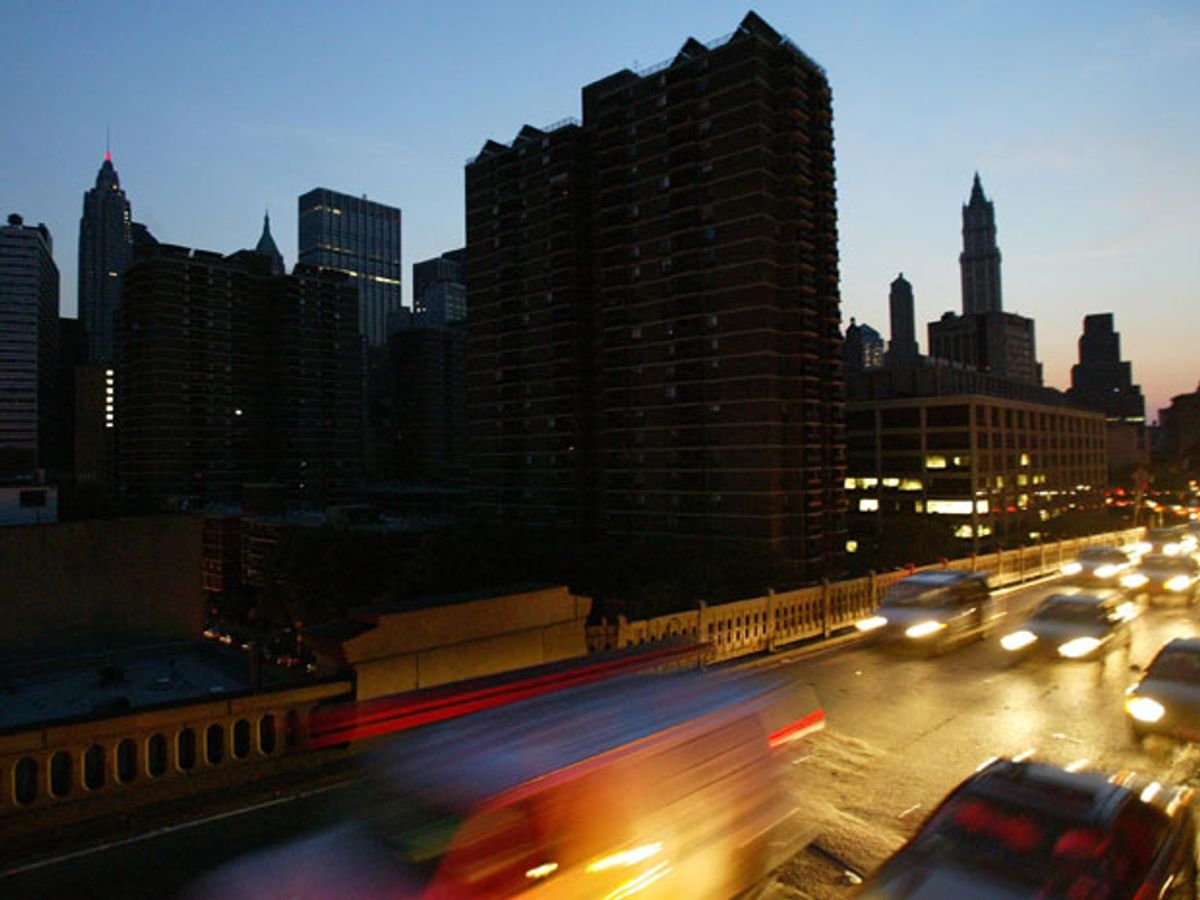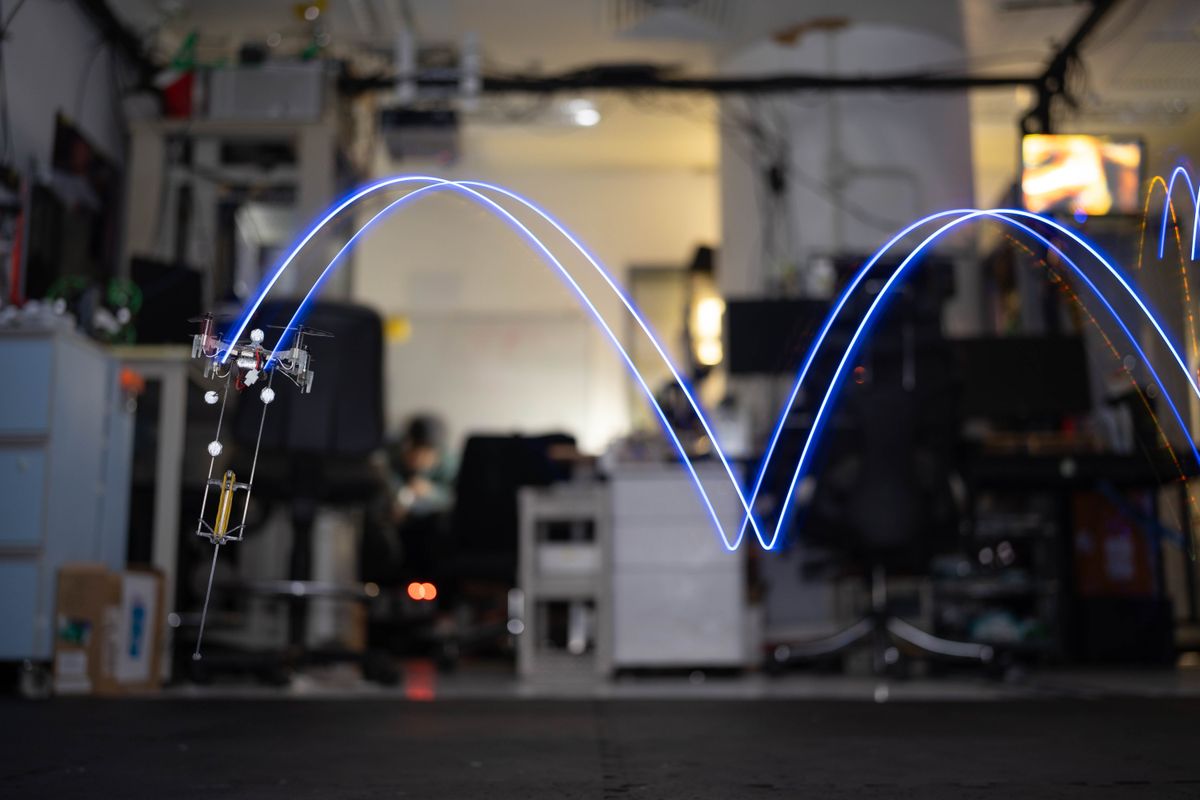The Northeast Blackout struck seven U.S. states and Ontario ten years ago today, prompting mandatory standards to prevent such a cascading power outage from happening again. Then, two years ago, it did. Arizona, California and Mexico’s Baja California took the hit in 2011, but the story was much the same. In both cases, inadequate information and planning and human error left the power grid unstable enough that a single downed power line unleashed an electrical tsunami that swamped neighboring lines and darkened millions of homes and businesses.
Power system experts who study blackouts say that they see a similar pattern in most cascading outages. They cite other recent notables, such as Western Europe in 2006, Brazil in 2009, and twice in India last year. The commonality is evidence to the experts that cascading failures are a dangerous facet of modern power grids that remains all but impossible to predict or prevent. “Large blackouts are likely to recur at regular intervals,” says Ian Dobson, a cascading failures expert and electrical and computer engineering professor at Iowa State University.
Worse still, bigger and more frequent blackouts may be coming. The Northeast Blackout, the worst in U.S. history, shut off 61 800 megawatts (MW) of power consumption. But a 100-year blackout—the largest for which there is a 1 percent chance of occurring every year—would be three times bigger than that event in 2003. According to University of Vermont electrical engineering professor Paul Hines and colleagues at Carnegie Mellon University, who made the calculation with algorithms used in natural disaster planning, such a blackout would interrupt 186 000 MW or roughly one quarter of all electrical service in the continental U.S.
Meanwhile, more frequent blackouts are also likely, a result of the increasing incidence of extreme weather such as thunderstorms, hurricanes, and blizzards predicted by climate models. Weather-related outages are already on the rise according to a report this week from the White House Council of Economic Advisors analyzing U.S. Department of Energy (DOE) stats on outages affecting 50 000 or more power customers. The report identifies more than 80 such weather-related outages per year, on average, from 2008 to 2012 -- more than double the average frequency observed during the previous five years.
The White House also cites efforts underway to improve grid reliability and resilience. After the 2003 blackout, Congress mandated that utilities comply with grid maintenance and operating standards set by the North American Electric Reliability Corporation, an industry-funded non-profit. As a result, utilities do things like trim trees under power lines more often. And $4.5 billion in economic stimulus funding allocated for grid upgrades accelerated the deployment of advanced grid technologies, such as sensors called phasor measurement units that give controllers a real-time picture of power flows across the grid.
Jeff Dagle, chief electrical engineer at the DOE’s Pacific Northwest National Laboratory and a member of the task force that investigated the 2003 blackout, points to a speed-up in state-estimation software. Operators rely on such modeling to understand how their grid is behaving and foresee the impact of losing key components, so faster models enable faster evasive actions. “Ten years ago these commonly took 15 minutes. Today many would deem five minutes to be slow,” says Dagle.
The problem, say Dagle and other grid experts, is that power lines and power stations are aging at the same time that increasing levels of renewable power generation are straining the grid. “We’re putting more demands on the system,” says Dagle. In the calculus of improvements, degradation, and increasing demands, he says “it’s really hard to know [whether] we’re more or less reliable today.”
At the same time, it is unclear whether the "smart" upgrades touted by the White House will help or hurt. That’s because tools to quantify the risk of cascading failures are still immature. And until the risk can be accurately measured, grid engineers can’t know precisely how to reduce it.
Dobson says the research is coming now that the power engineering community increasingly recognizes cascading failures as a distinct and recurring problem—a concept that still elicited protests from power engineers in the aftermath of the 2003 blackout. Dobson cites work by the IEEE Power Engineering Society’s Cascading Failures Working Group, of which he and Hines are members.
One novel method he unveiled last year assesses the likelihood of cascading outages by counting the number of subsequent lines that trip off each time a power line goes down on a given grid. Using a database from the Bonneville Power Authority (the only U.S. utility whose line-trip data is publicly-available), Dobson showed he could quantify the likelihood that a line outage would propagate and how far it would go, on average. But the tool remains too weak to identify trends or evaluate specific engineering solutions. “The events are rare so it takes years of data to get a reasonable estimation,” says Dobson.
Until such tools are mature it will be difficult to target funds to those upgrades most likely to reduce blackout risk, say Dobson and others. Even grid upgrades underway could be threatened if their impact on blackout risk is poorly understood. “If newly-introduced technology gets blamed for a future blackout there could be pressure to run it below capacity, or even shut it off entirely. That would be quite a pity if we could have mitigated the failure risk instead,” says Dobson.
Photo: Spencer Platt/Getty Images
Peter Fairley has been tracking energy technologies and their environmental implications globally for over two decades, charting engineering and policy innovations that could slash dependence on fossil fuels and the political forces fighting them. He has been a Contributing Editor with IEEE Spectrum since 2003.



